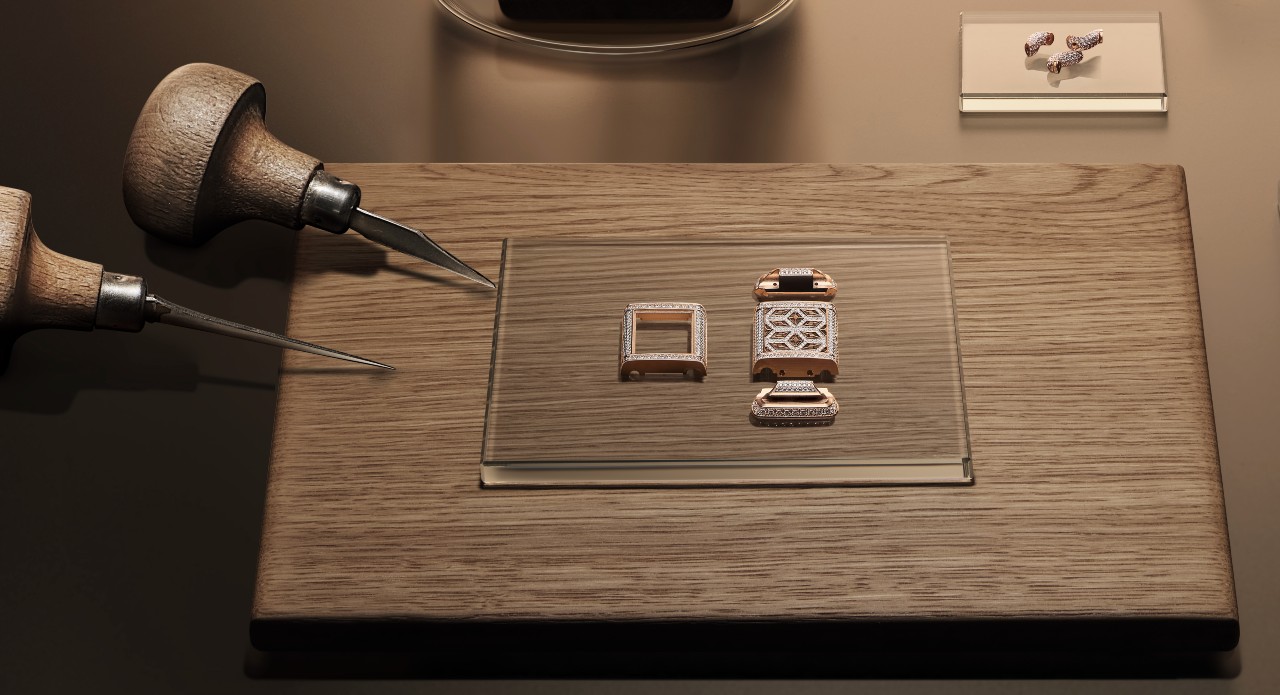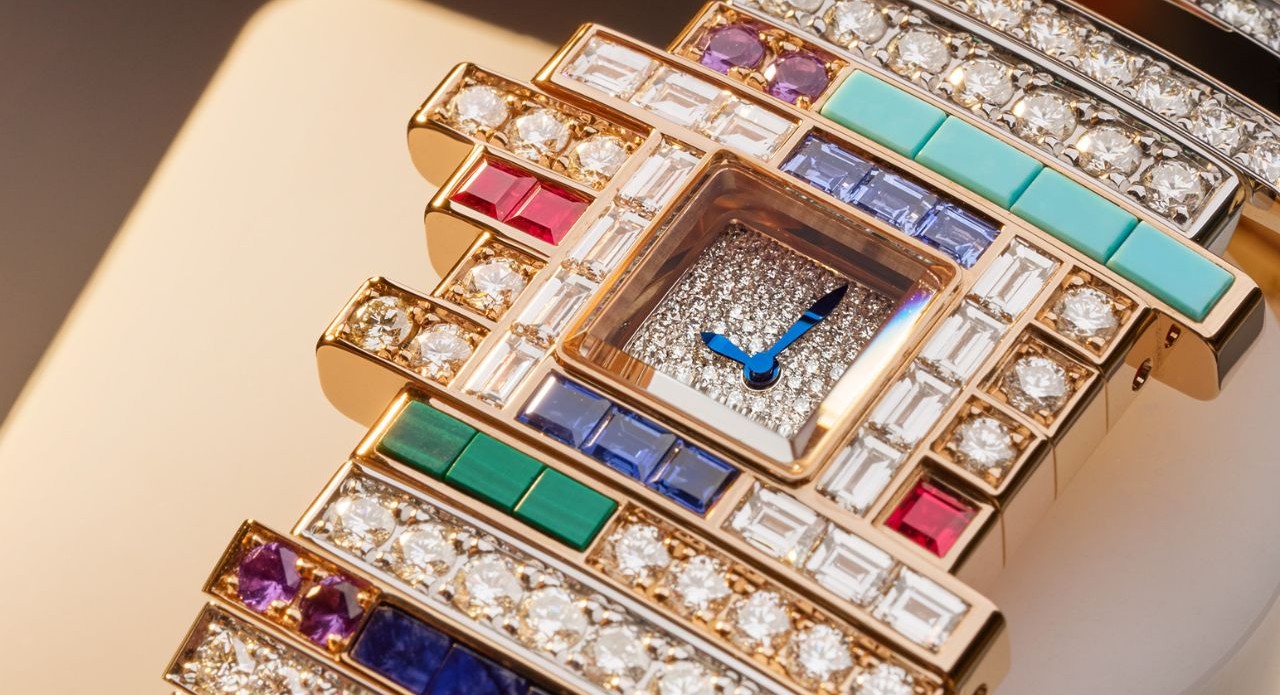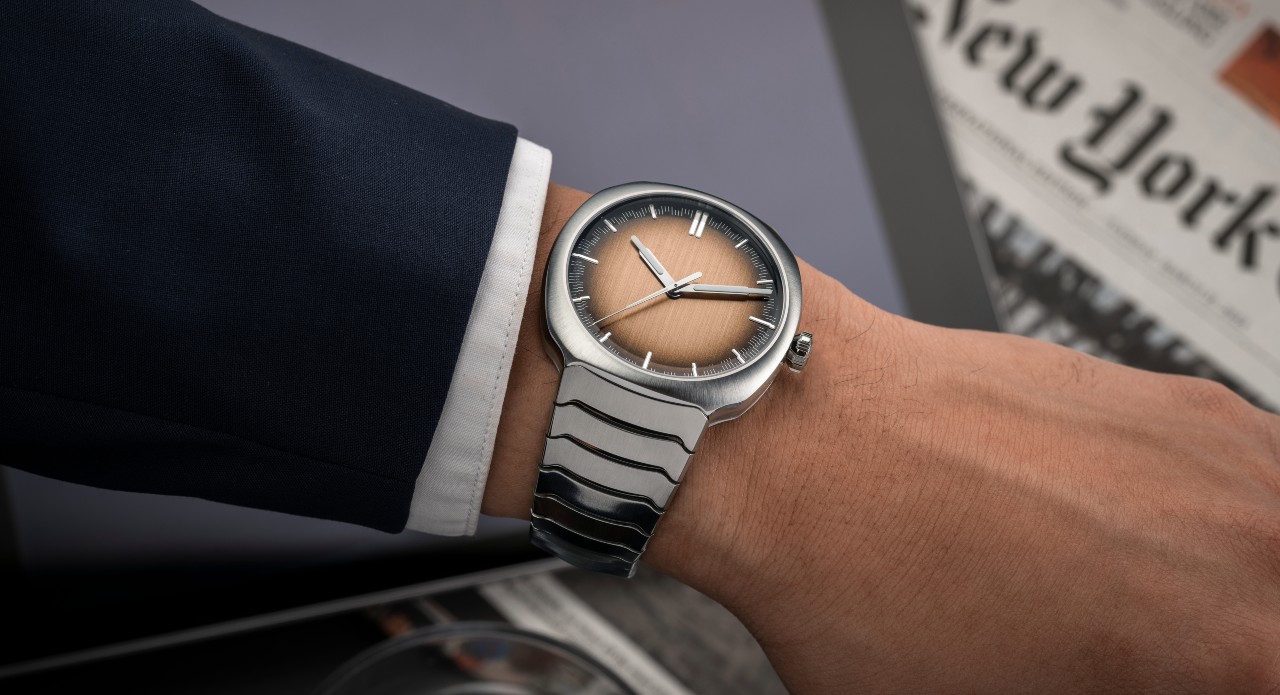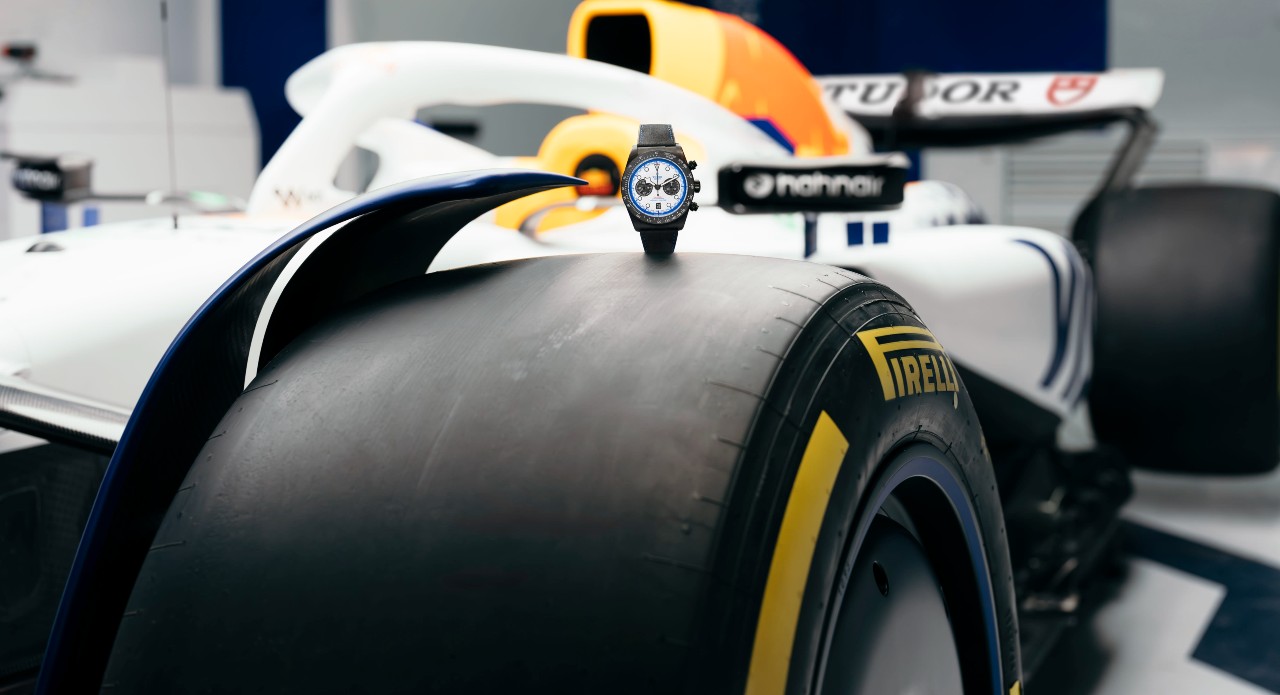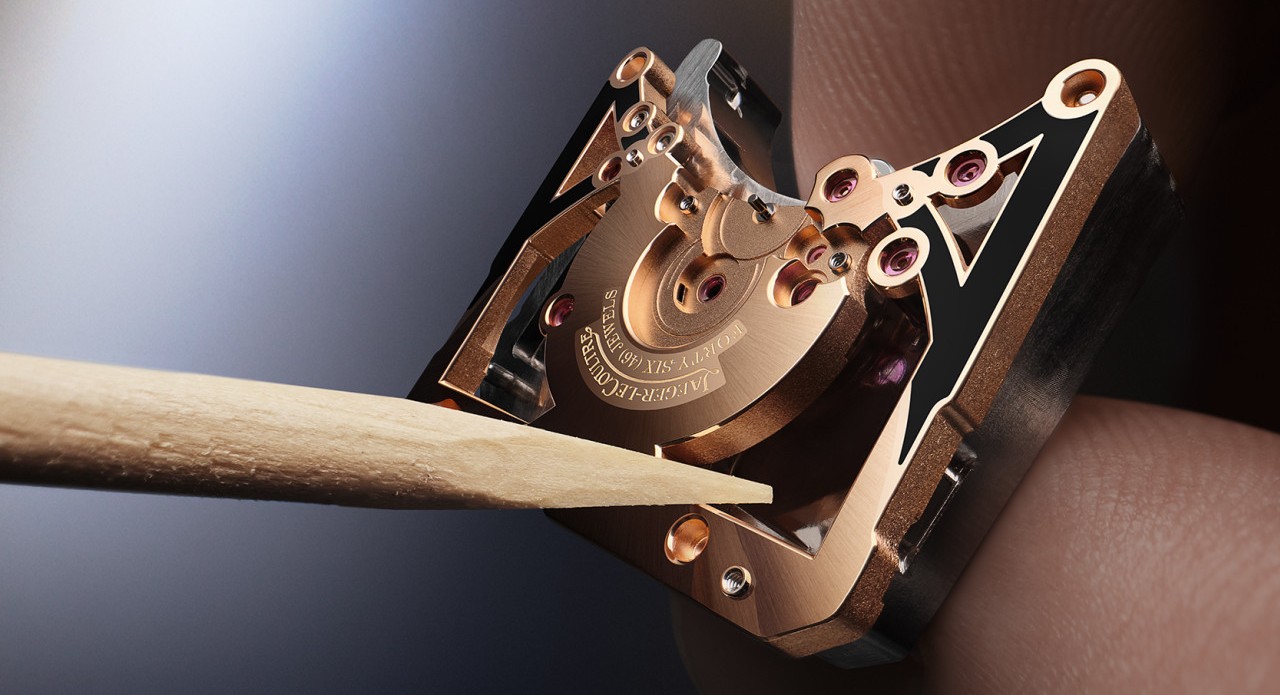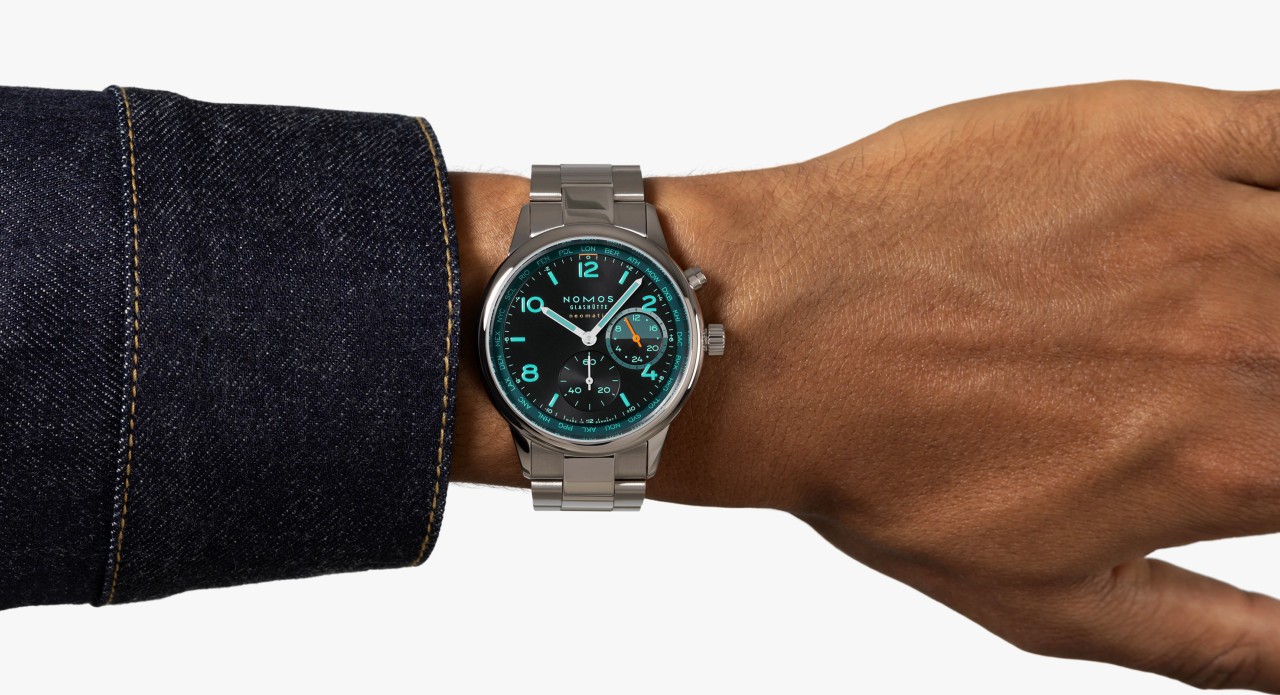If mother nature ever had a flair for dramatic set design, lapis lazuli would be her opening-night curtain. A stone so blue it could make the Mediterranean jealous, so flecked with gold it could convince you it was mined from a fallen star, lapis has become one of the most hypnotic materials in watchmaking. While most dials are content being functional backdrops, a lapis dial behaves like a moody protagonist—brooding, saturated, impossible to ignore. The stone carries thousands of years of history, worshipped by pharaohs, adored by Renaissance painters, and now polished into circular canvases by Swiss ateliers who treat it with the delicacy usually reserved for ancient manuscripts. Understanding a lapis dial isn’t just learning about a gemstone; it’s appreciating how a slab of cosmic-looking rock becomes the soulful heartbeat of a luxury watch.
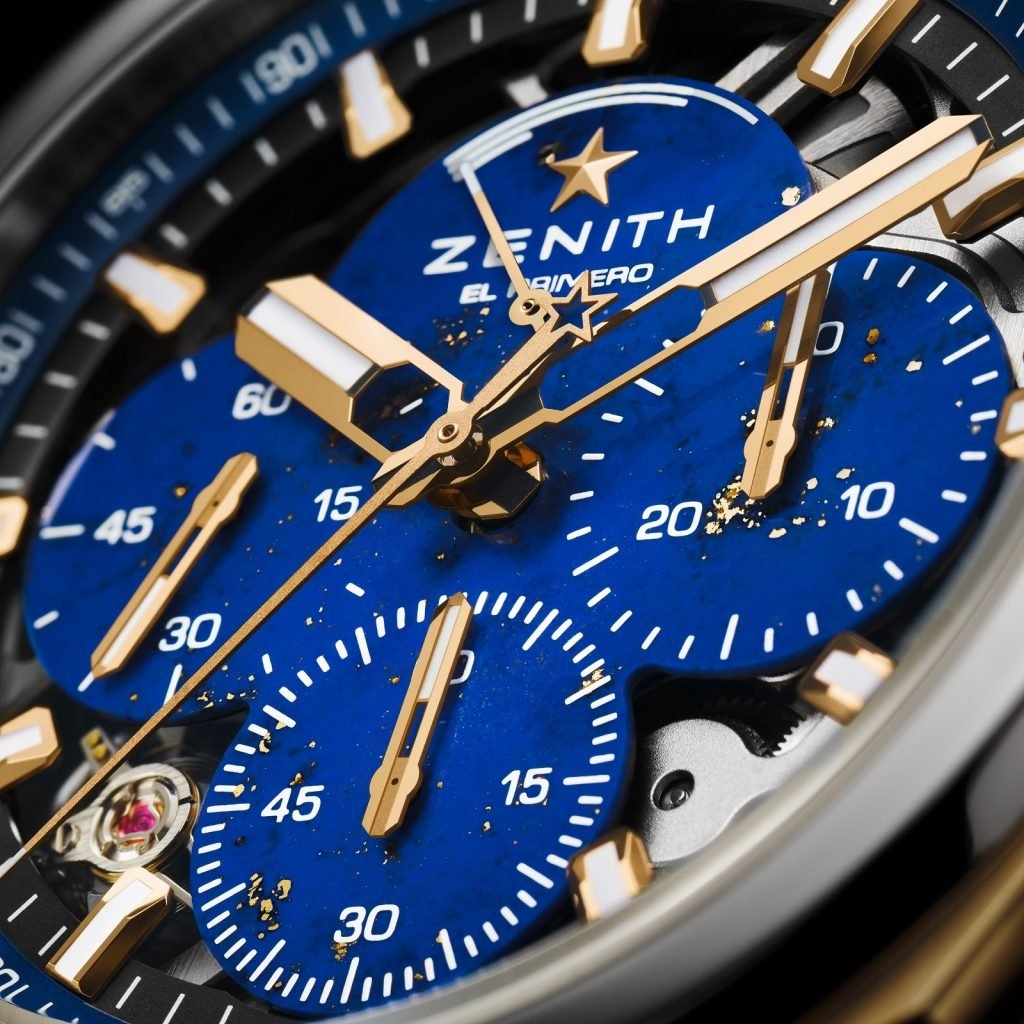
What Is Lapis Lazuli?
Lapis lazuli is a deep-blue metamorphic rock prized for its intense colour and natural gold-like specks. Unlike single-mineral gemstones, lapis is a composite stone, meaning it is formed from several minerals bonded by geological pressure over millions of years. Its name comes from Latin and Persian roots meaning “stone of the sky,” an apt description for a material that looks like a midnight heavenscape suspended in solid form. In watchmaking, thin, carefully cut slices of lapis are transformed into dials that deliver depth, drama, and an unmistakable sense of luxury.
The Composition of Lapis Lazuli
The vivid blue in lapis comes primarily from the mineral lazurite, which typically makes up more than half of the stone. Calcite (white veins), pyrite (metallic gold flecks), and minor traces of sodalite or diopside complete its natural mosaic. The delicate balance of these minerals affects both colour saturation and value—premium lapis features rich ultramarine hues with minimal calcite and beautifully distributed pyrite. For dials, artisans select stones with consistent grain, stability, and visual harmony to ensure both beauty and structural integrity.
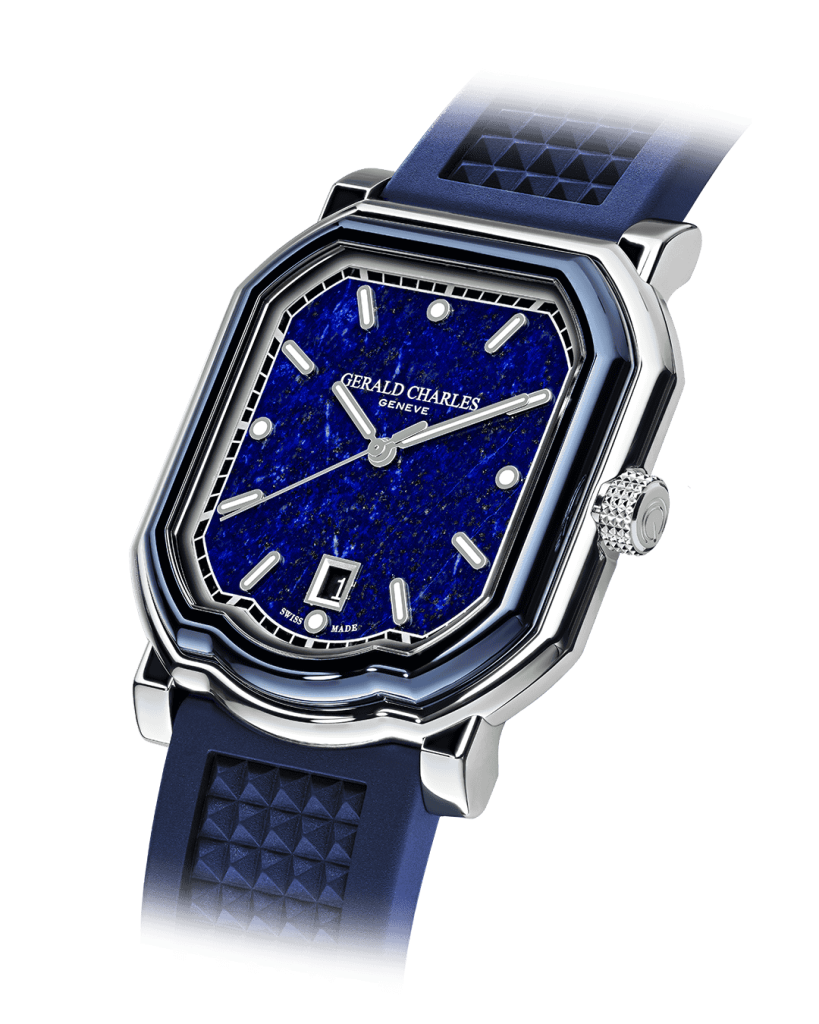
Where Lapis Lazuli Is Found?
Historically, the most treasured lapis comes from the Sar-e-Sang mines in Afghanistan’s Badakhshan region, one of the oldest active gemstone sources on Earth. These mines have produced lapis for over 6,000 years, feeding ancient trade routes and royal treasuries. Additional deposits exist in Chile, Russia, Myanmar, and Pakistan, though Afghan material remains the benchmark for its intense colour and fine texture. The sourcing process is painstaking, requiring large, clean sections of stone to craft thin, flawless discs suitable for watch dials.
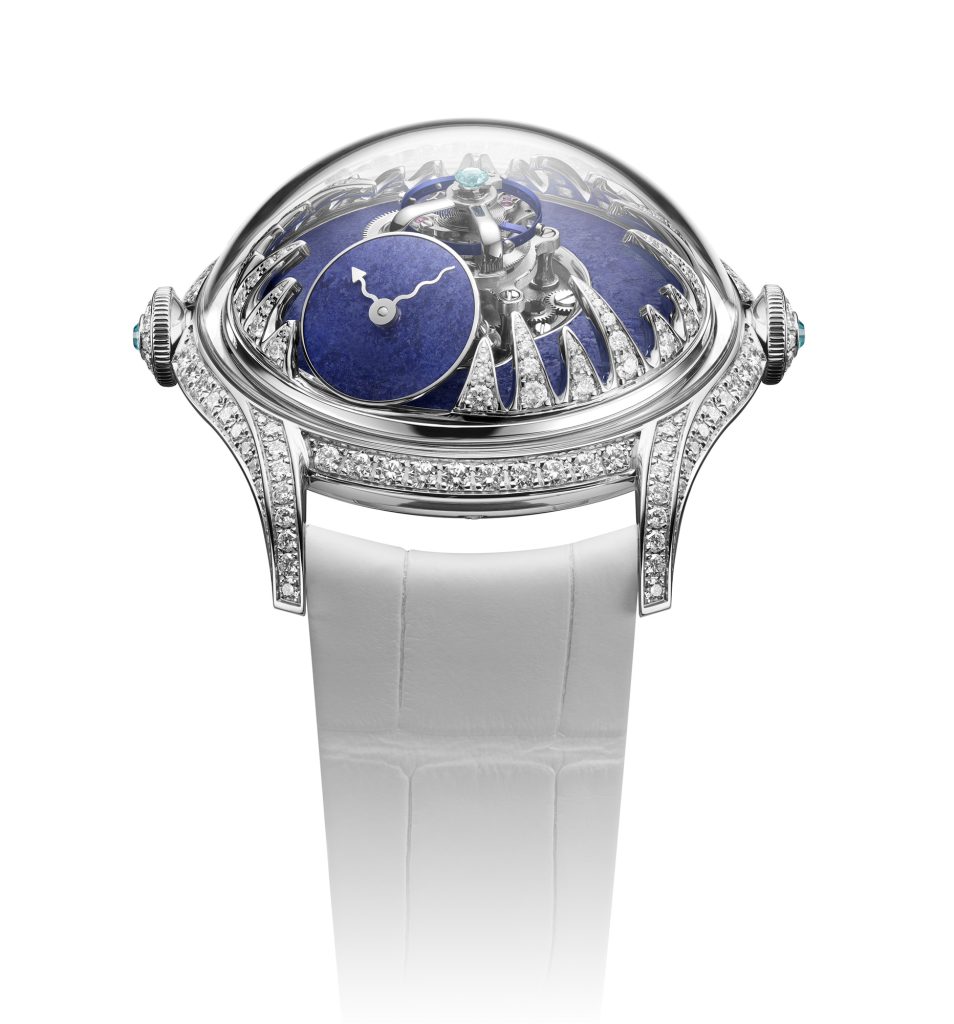
Why Watchmakers Love Lapis Dials?
In a sea of enamel, lacquer, and guilloché, lapis lazuli offers something no industrial technique can: natural randomness. Every dial is a one-of-one artwork, shaped by geology rather than engineering. The interplay of deep blues and golden pyrite gives timepieces an organic luxury—rich yet restrained, dramatic without being ostentatious. Brands choose lapis not only for its aesthetics but for the craftsmanship challenge it presents: cutting the stone thin enough to function as a dial while preventing cracks, fractures, or warping.




